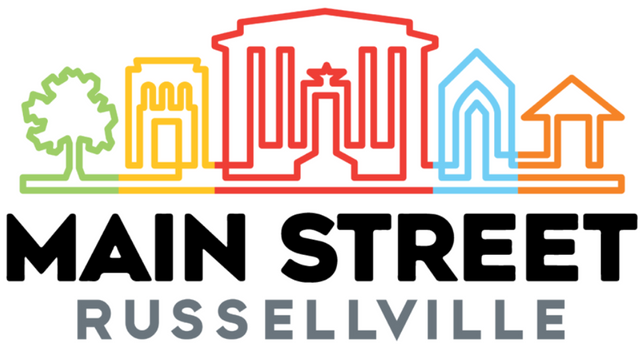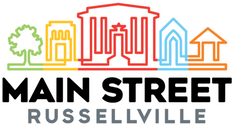About

Main Street Russellville
Founded in 1992
Since 1992, Main Street Russellville has been at the forefront of revitalizing and enhancing the heart of our community—Downtown Russellville.
As part of a nationwide effort to preserve historic downtowns, our organization is dedicated to fostering a vibrant, thriving district that serves as a hub for business, government, culture, and community life in the River Valley.
The Main Street District
Main Street Russellville's designated district is bounded by Parkway Avenue on the north, El Paso Avenue on the west, Boston Avenue on the east, and 3rd Street on the south.
The purpose of Main Street Russellville is to revitalize and develop the downtown area of Russellville as a business and government center and as a cultural center for the River Valley. Through community effort, a strategy will be developed to build a vital and growing economy, improve the appearance of Downtown Russellville through historic preservation and good design, and promote the image of Downtown Russellville.
Our Vision: Creating Community Through Culture and Development
Since 1980, the National Main Street Center (www.preservationnation.org/main-street) has been working with communities across the nation to revitalize their historic or traditional commercial areas. Based in historic preservation, the Main Street approach was developed to save historic commercial architecture and the fabric of American communities' built environment, but has become a powerful economic development tool as well.
